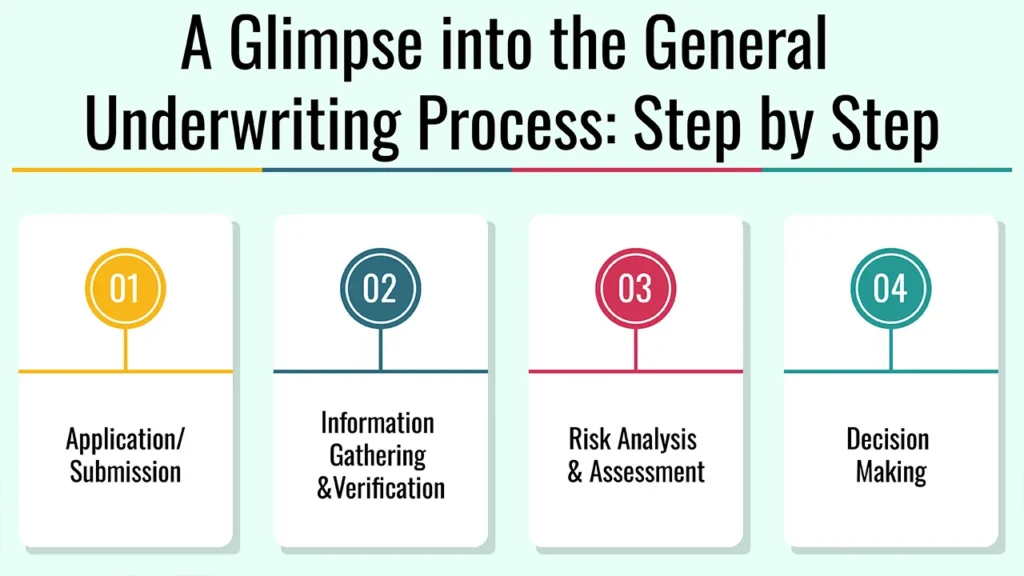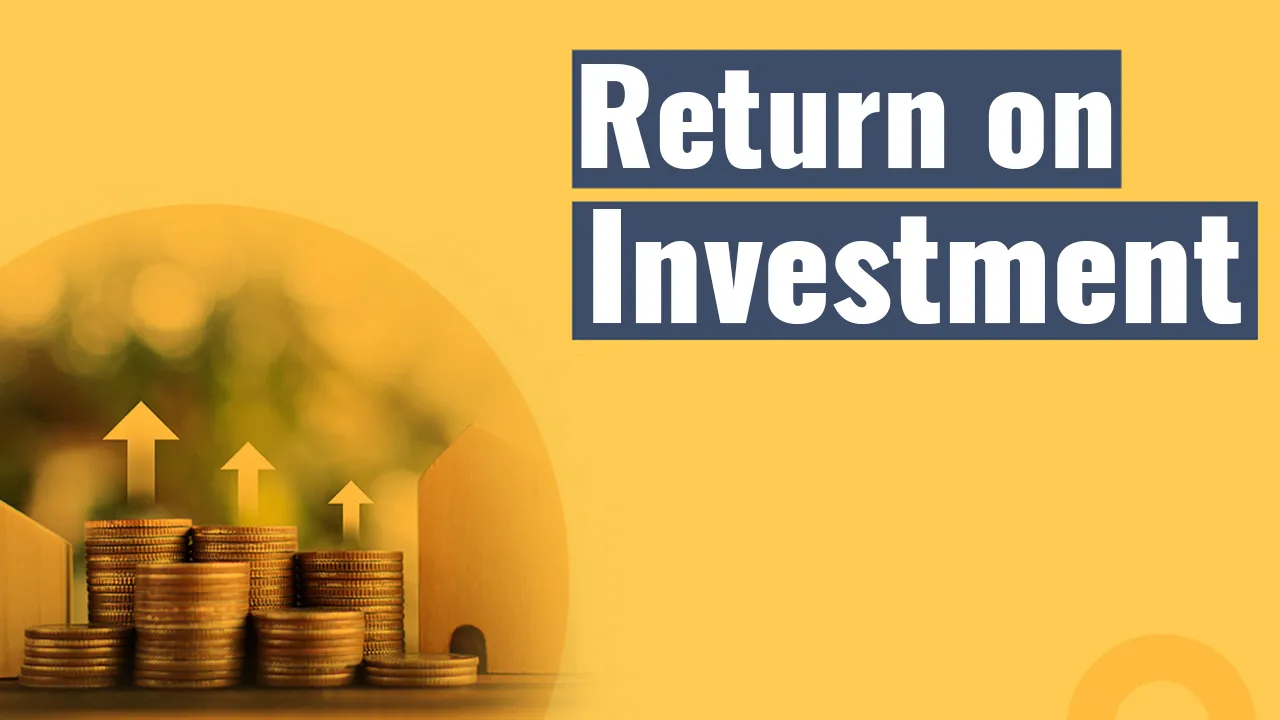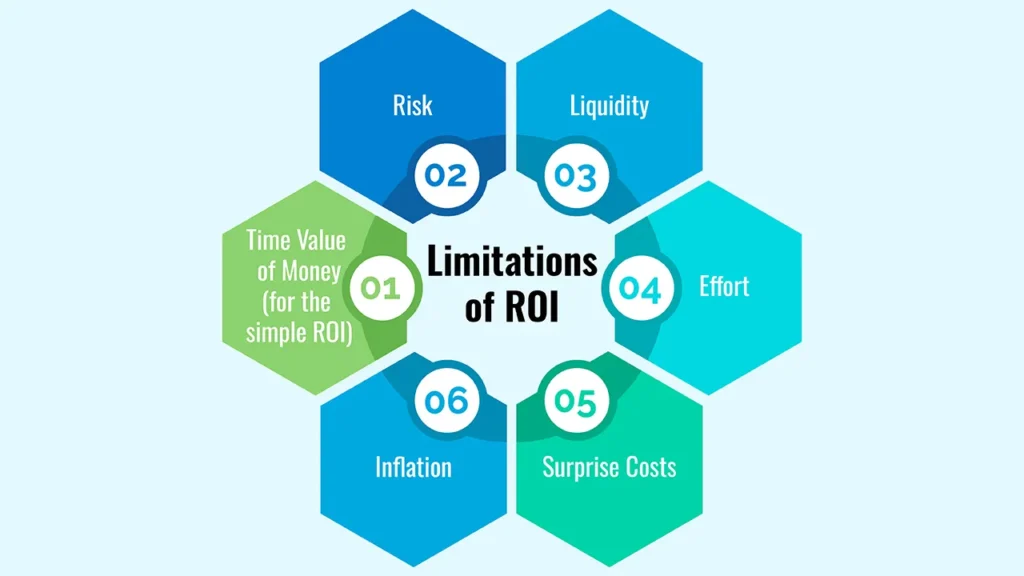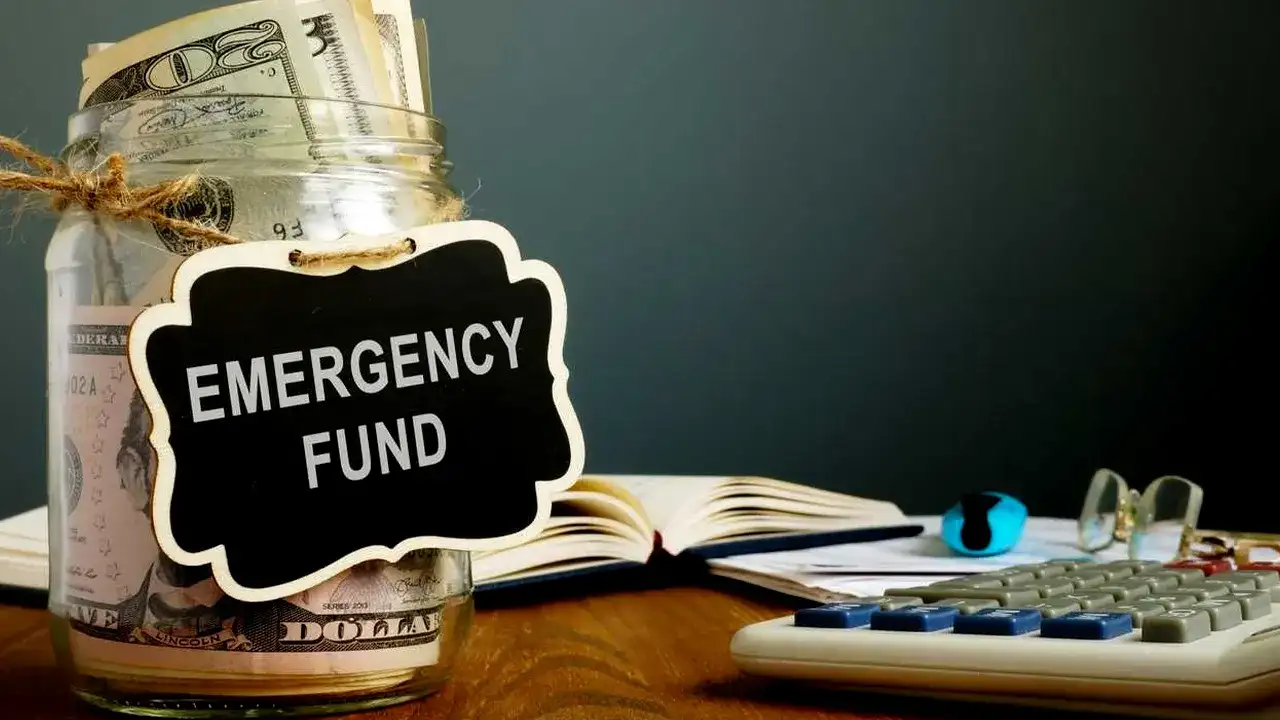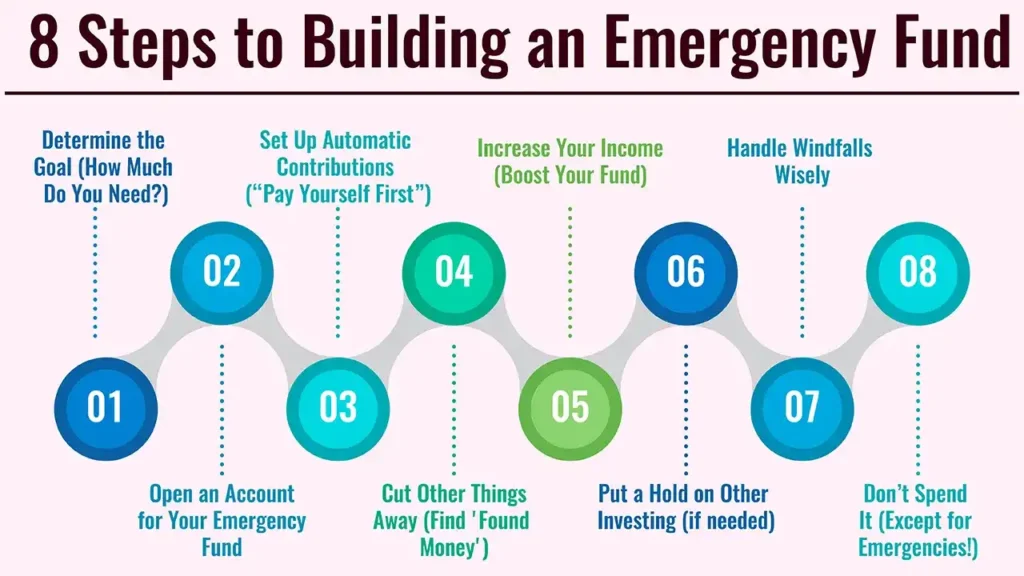It’s today, July 15, 2025. Stock futures, by the way, are up early in the morning on economic growth out of China, which is coming in better than expected, and renewed optimism about strategic manoeuvres for NVIDIA in China.
Persisting concerns over the next round of US inflation figures and the ongoing, expanding repercussions of US tariff policies on global trade are taking the edge off the positive push.
NVIDIA’s China Plan Offers a Glimmer in Technology’s Gathering Gloom
Technology stocks, particularly in semiconductors, are being actively bid in pre-market as a major change to NVIDIA’s China plans is released. The AI chip giant said on Tuesday that it will resume sales to China after the US government committed to grant licences. In accordance with U.S. export law (ALUMINIUM RAM HERE WE COME), the H20 chip is a downgraded (crippled) edition specifically for the Chinese market.
On top of that, NVIDIA announced a new RTX Pro GPU model optimised for AI use in logistics and smart factories and is optimised for Chinese regulatory requirements. As does Nvidia CEO Jensen Huang visiting with US and Chinese officials to promote AI cooperation, the ANT says. “This action will serve as crucial support in ensuring Nvidia’s leading position in the Chinese market,” the ANT says. The news also helps clear up some concern among investors over how export restrictions might affect NVIDIA’s earnings, with this development setting up a bright outlook not just for the company but for the broader tech industry.
China’s Q2 GDP Beats Forecasts
Bullish sentiment also was lifted by a stronger-than-expected report on China’s economy in the second quarter. Official figures for China showed the country’s gross domestic product was up 5.2 per cent from the 2024 period during the second quarter, April through June. While it surpassed analysts’ predictions of a 5.1 per cent increase, it suggested resilience despite lingering domestic challenges and international trade pressures.
Robust exports were partly to blame for the better-than-forecast showing, with Chinese firms reputedly front-loading shipments to get ahead of looming US tariff cut-off dates. The Q2 data is a welcome pick-up in global risk sentiment, particularly in emerging markets which are vulnerable to the fortunes of the Chinese economy, although analysts warn the second half of the year could see a slowdown as domestic demand weakens and the real estate sector has problems.
Shadows Linger: Tariff & US Inflation A lack thereof of Uncertainty
“The global markets are still vacillating, waiting with bated breath for the release of the US CPI report for June 2025 tomorrow, bad news from China and the good from NVIDIA notwithstanding,” Wadhwa said. As inflation figures are likely to play a crucial role in future decision-making on interest rates at the Federal Reserve, that data is causing an outsized response from investors. The dollar, bonds and stocks could all become volatile if there is a large deviation from expectations.
Adding to the uncertainty are U.S. policies of tariffs on the rise. President Donald Trump’s administration stepped up trade tensions by sending warning letters on the tariffs to more than 20 countries and free trade zones, including some of foes and closest allies.
Saxony’s Economy Minister Martin Dulig warned of “serious negative effects for the auto industry” if bilateral trade pacts could not be reached by August 1, when 20%-50% tariffs would be introduced. Analysts forecast that this will hit the US economy with a “stagflationary shock”, pushing up inflation at home and triggering havoc across global supply chains. The future of global investment and trade is also complicated by the potential for retaliatory measures.
Though tech optimism and China’s surprising economic resilience are providing some tailwinds to the trading day, investors are finding comfort from broader concerns about U.S. inflation and the fickle nature of global trade policy.


